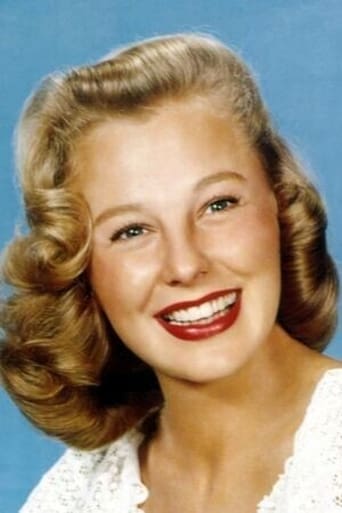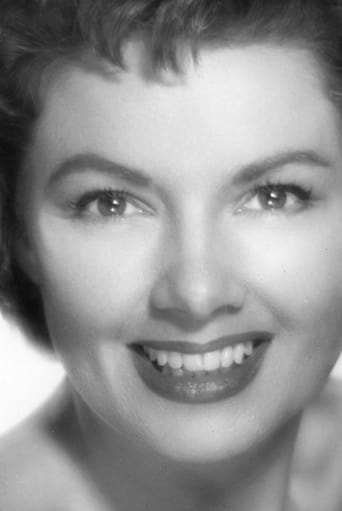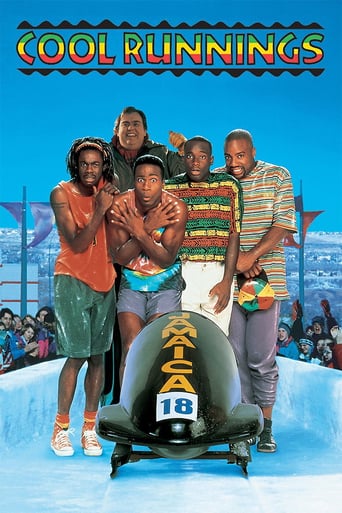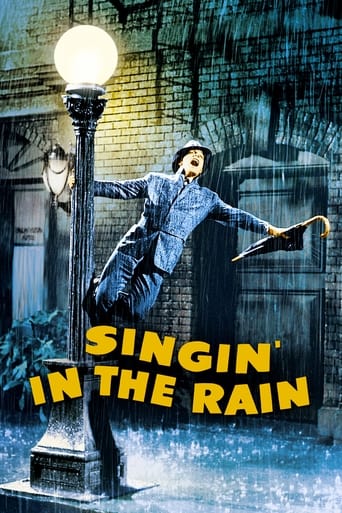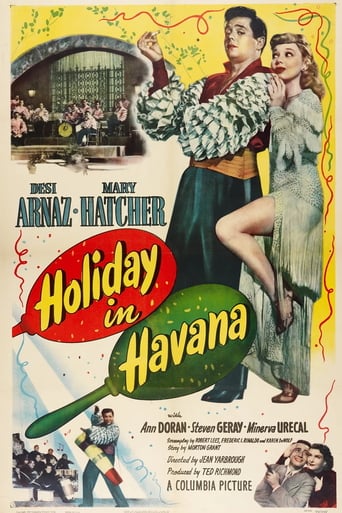

Good News (1947)
At fictitious Tait University in the Roaring '20s, co-ed and school librarian Connie Lane falls for football hero Tommy Marlowe. Unfortunately, he has his eye on gold-digging vamp Pat McClellan. Tommy's grades start to slip, which keeps him from playing in the big game. Connie eventually finds out Tommy really loves her and devises a plan to win him back and to get him back on the field.
Watch Trailer
Cast
Similar titles
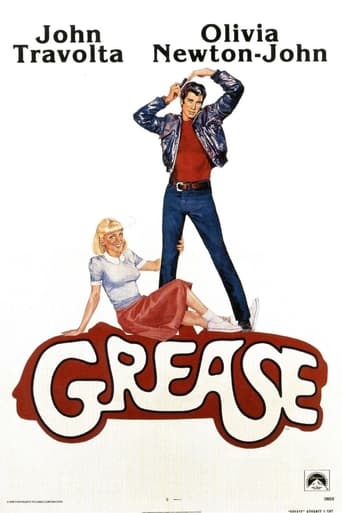
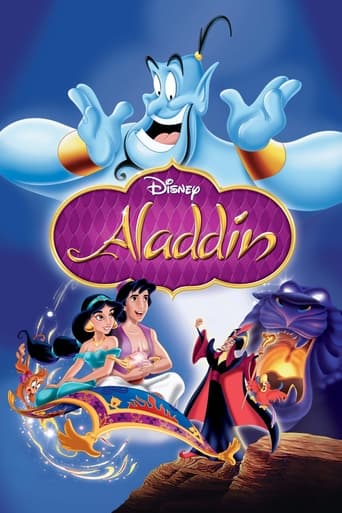

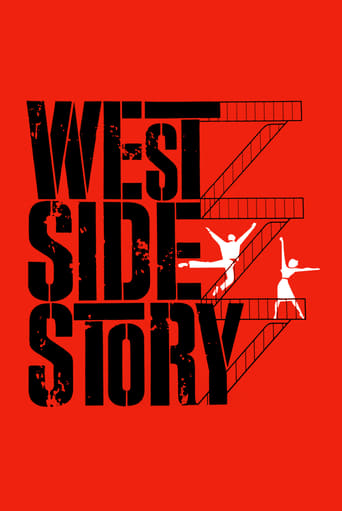
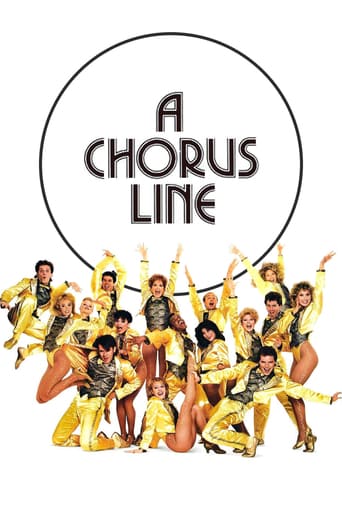

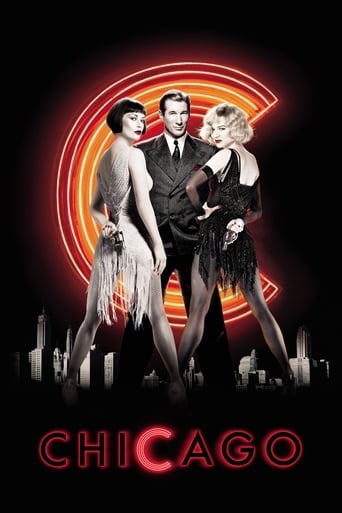
Reviews
Must See Movie...
Don't listen to the Hype. It's awful
This is one of the few movies I've ever seen where the whole audience broke into spontaneous, loud applause a third of the way in.
It’s not bad or unwatchable but despite the amplitude of the spectacle, the end result is underwhelming.
There are definitely better musicals than 'Good News' made before, during and since. That doesn't matter, because although it has imperfections it is still a delight in so many ways.Starting with 'Good News' problems, it is agreed that the scene with Connie Gilchrist is overwritten and overacted (in fact, some of the humour is tiresomely flat) and that the football scene is overlong and drags. It is also a shame that Mel Torme, by far the best singer in the cast, has very little to do, a singer of his calibre deserves better than that.On the other hand, 'Good News' is very lavishly produced. It is true that the costumes and hair-styles are more 1940s than 1920s, but they do look lovely, and numbers like "Pass that Peace Pipe" and "Varsity Drag" are filmed beautifully. The music is wonderful, especially "Pass that Peace Pipe", "Varsity Drag", the title number, "Imagine" and the most famous song "The Best Things in Life are Free". "The French Lesson" is very funny as well. The choreography similarly dazzles, especially in "Pass that Peace Pipe" and "Varsity Drag", which are two of the energetic musical numbers of the 40s.Charles Walters directs excellently, hard to believe that this was his directorial debut. The script is mostly very amusing and fills the heart with warmth, the film crackles with energy and while the story is fluffy and predictable admittedly it is also light-hearted, heart-warming and charming with solid pacing, also not being as contrived or corny as some musicals' stories were.June Allyson has a role that fits her to the bone and it shows off her personality and strengths so well. She sings "Imagine" touchingly wistfully. Am not usually a fan of Peter Lawford, but while his singing is only adequate if even that he does give some charm to a rather caddish character and his dancing looks more comfortable than in other musicals he participated in. He and Allyson sparkle together, especially in "The French Lesson", even if they are too old to pass for college students. Joan McCracken is crackling fun that it beggars belief that her career wasn't bigger.In conclusion, has flaws but 'Good News' is a delight on the most part. 8/10 Bethany Cox
I just watched this film today. I have it on a disc called June Allyson & Peter Lawford. I love- love-love this film.I have read comments about the way the hair was styled and the types of clothes the main characters wore-- complaints they were too 'modern.' But what I thought was more of an anachronism was that the songs seemed to have a very 40s feel to them-- like they would be songs that one would have heard on the radio at that time. The music did not seem to be in the style of compositions from the late 20s.I can overlook this and even the hairstyles and clothing, because the rest of the picture is sublime.I think the only way around these minor problems is if they had framed it with an opening sequence where kids in 1947 were looking at yearbooks from twenty years earlier and decided to put on a show about 1927. So it would have been a story within a story, and their using modern day fashions and music would have been forgivable.
Director Charles Walters was no Vincente Minnelli or Stanley Donen, and June Allyson and Peter Lawford were no Judy Garland and Gene Kelly. Thus, 1947's "Good News" is just a solid second-tier musical among the Arthur Freed productions at MGM. The MGM back-lot stands in for Tait College, an upper-crust haven for nattily-dressed collegiates with little besides romance on their minds. A silly plot, which links a couple of good songs ("Lucky in Love," "The Best Things in Life are Free") with a few dull ones, ends with a rousing finale, "The Varsity Drag." That energetic production number is so lively and infectious, all the nonsense that precedes is forgiven.And there is a lot of nonsense to forgive. Peter Lawford, egotistical football jock Tommy Marlowe, is an insensitive cad; except for his good looks, he is unworthy of a second glance from the likes of June Allyson's Connie Lane. Connie works in the library, studies hard, and, for some reason, fails to catch the eye of the male students. Instead of pursuing Connie, the shallow dim-witted Tommy is quickly smitten by gold-digging Patricia Marshall, a new coed, whose faux French includes the film's best line: "Quelle fromage." The musical numbers feature three performers who never quite made the big leagues on film, the afore-mentioned Marshall, Joan McCracken, and Mel Torme. Their failure was not for lack of effort; the three give it the old college try here, but Marshall has an unsympathetic role, McCracken is overly kinetic, and Torme lacks a face to match his voice. Although Lawford lacks a voice to match his face, evidently Hollywood values looks over other talents. However, as he proved in other MGM musicals like "Easter Parade," Lawford could carry a tune and, certainly in "The Varsity Drag" number, could dance quite well. While Allyson has only a passable voice, her innocence and sweetness get her a pass for anything she may lack musically, although she too does quite well in the big finale."Good News" is simplistic romantic fun with a few good songs and a terrific production number. Although only 93 minutes in length, the film does drag a bit at times; "Pass that Peace Pipe" seems endless; the football game goes on and on; and McCracken's use of family millions to divert Marshall from man to man is a tiresome gag. "Good News" is worth a view, and the "Varsity Drag" number is worth revisiting, but Tait College should have taught screen writing and lured higher caliber students.
At TAIT University, students more interested in each other, and football, than they are in learning French (does that sound dated?). June Allyson (she's Connie) and Peter Lawford (he's Tommy) are the focus of attention. She's the nice librarian interested in the star football player; he, understandably, attracts the school's most desirable women. Does a plain librarian have a chance to win the star football player? The screenplay, direction, choreography, and songs all hit the mark in "Good News". Ms. Allyson and Mr. Lawford are an unlikely duo to head the cast, but they turn in engaging performances. Allyson and Lawford mix just the right amount of awkward charm and graceful professionalism to bring the story alive; it's something rare in musicals of this type. The supporting cast members compliment the leads well.Allyson is at her very best - from her introduction "under the sink" to her careful dropping of book after book during a later scene, she is marvelous. With her character doing double duty as the college librarian, her role of student is believable, despite being relatively older. Lawford is not known as a singer/dancer, but his performance is as charming. Watch how he: studies French, passes a hairbrush to his coach, jumps over a fire hydrant, and puts a handkerchief in his pocket - the quick succession of bits is well-done and subjectively defines the Lawford character. The film is full of little things the characters and director (Charles Walters) do to fill out the movie without increasing its running time.Of the great supporting cast, Joan McCracken is certainly the most valuable. Her "Pass that Peace Pipe" with Ray McDonald (another outstanding performance) is a soundtrack highlight. It's "political incorrectness" really doesn't hold up, in context. Of the mature players, Jane Green is just delightful - note the scene with Allyson and Connie Gilchrist (Mrs. Drexel); it's when Allyson give the older woman a "script" to "play-act", explaining how Tommy's family has lost its fortune in Pickles due to the great Cucumber Blight. The supposed "error" in placing the film in the 1920s with most of it looking like the 1940s actually HELPS. I would have titled the movie "The Best Things in Life Are Free", though, and re-recorded the vocals on the finale. Still, "Good News" is an example of this type of film at its graceful, exuberant best. ********* Good News (12/4/47) Charles Walters ~ June Allyson, Peter Lawford, Joan McCracken, Ray McDonald
